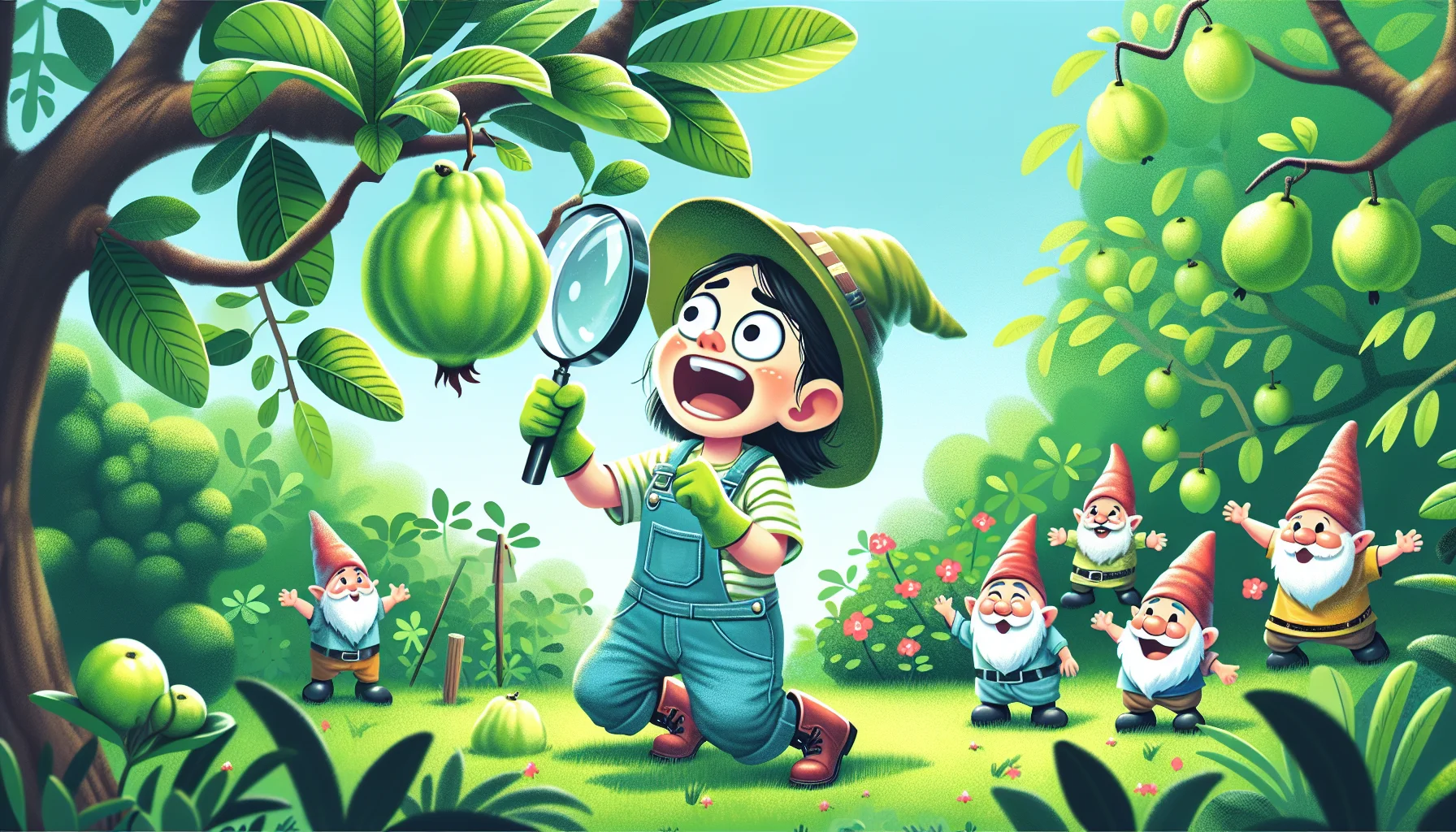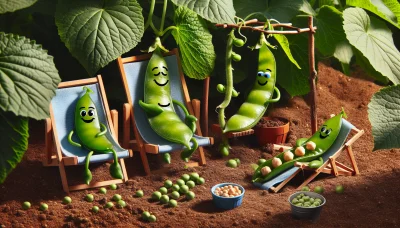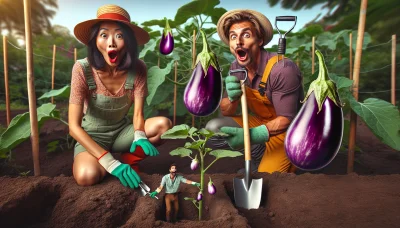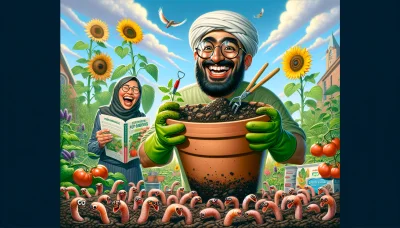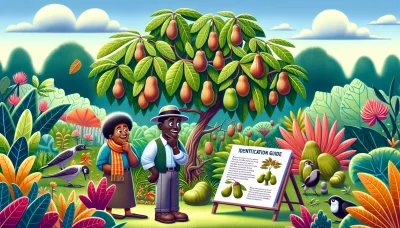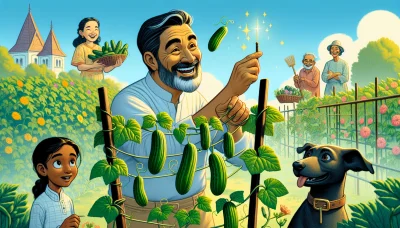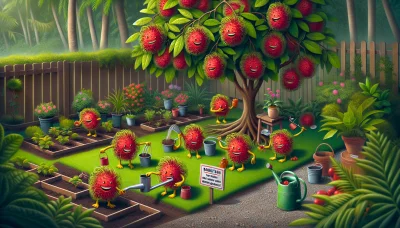When is guava ripe Quiz
Test Your Knowledge
Question of
Understanding Guava Ripeness
Harvesting guavas at the correct stage of ripeness is crucial for achieving the best possible taste and nutritional benefits. When picked too early, guavas may lack sweetness and have a firmer texture, making them less enjoyable to eat. On the other hand, guavas that are left to ripen for too long can become overly soft and may lose some of their nutritional value. Proper timing ensures that the fruits have developed their full flavor profile and are packed with vitamins, antioxidants, and dietary fiber, making them a healthy addition to any diet.
Identifying Ripe Guavas
- Color Change: Ripe guavas typically shift from a bright green to a yellowish-green or even a light pink, depending on the variety.
- Fruit Softness: Gently press the guava with your thumb; a ripe guava will yield slightly under pressure, indicating softness.
- Aroma: Ripe guavas emit a strong, sweet, and pleasant fragrance. The stronger the aroma, the more likely the guava is ripe.
The Best Time to Pick Guavas
Guavas are a tropical fruit that can be found in various parts of the world, and their harvest time can vary depending on the specific climate and variety. Generally, guavas are ready to be picked when they are fully grown and exhibit a slight give upon gentle pressure. The skin color may also change to a more yellowish hue for some varieties. In most regions, guavas are typically ripe and ready for harvesting in the late summer through early fall. However, in tropical climates where guavas are more commonly grown, they may produce fruit twice a year, allowing for both an early and a late harvest. It's always best to check the fruit's firmness and color to determine the perfect picking time.
How to Harvest Guavas
To properly harvest guavas without harming the fruit or the plant, it's essential to use the right technique. Begin by identifying guavas that are ripe and ready for picking; these typically have a slight give when gently squeezed and may emit a sweet, fragrant aroma. Use a clean, sharp pair of gardening shears or scissors to cut the fruit from the branch, leaving a short piece of the stem attached to the guava. This method helps to prevent damage to the guava's skin, which can lead to premature spoilage, and protects the tree from unnecessary harm. Always handle the fruit gently to avoid bruising. Following these steps will ensure that your guavas remain fresh and delicious for longer.
Storing Ripe Guavas
To maintain the freshness and flavor of ripe guavas after picking, it's essential to store them correctly. Firstly, avoid washing the guavas until you're ready to eat them, as moisture can accelerate spoilage. For immediate consumption within a day or two, keep them at room temperature in a well-ventilated area. To extend their shelf life, place the guavas in a plastic bag and store them in the refrigerator's crisper drawer; this method can keep them fresh for up to two weeks. If you notice any signs of overripeness or spoilage, it's best to consume them quickly or consider freezing them for later use. Frozen guavas are excellent for smoothies or jams. Remember, the key to prolonging the life of your guavas is to monitor their condition regularly and adjust their storage method as needed.
Common Mistakes to Avoid
- Picking too early before the guavas have fully matured
- Misjudging the fruit's ripeness based on color alone
- Ignoring the fruit's aroma, which is a strong indicator of ripeness
- Not considering the softness of the fruit, which should yield slightly under pressure when ripe
- Overlooking small blemishes or imperfections that do not necessarily indicate the fruit is overripe or spoiled
FAQs on Guava Ripeness
| Question | Answer |
|---|---|
| How can you tell if a guava is ripe? | A ripe guava will be soft to the touch, have a bright yellow skin, and emit a strong, sweet fragrance. |
| Does climate affect the ripening of guavas? | Yes, guavas require a warm climate to ripen properly. Cooler temperatures can slow down the ripening process. |
| Can guavas ripen off the tree? | Yes, guavas can continue to ripen after being picked. Placing them in a paper bag with a banana can speed up the ripening process. |
| How long does it take for a guava to ripen after picking? | It typically takes 1 to 2 days for a guava to ripen at room temperature after being picked. |
| What is the best way to store ripe guavas? | Ripe guavas should be stored in the refrigerator to slow down the ripening process and can last for about a week. |
